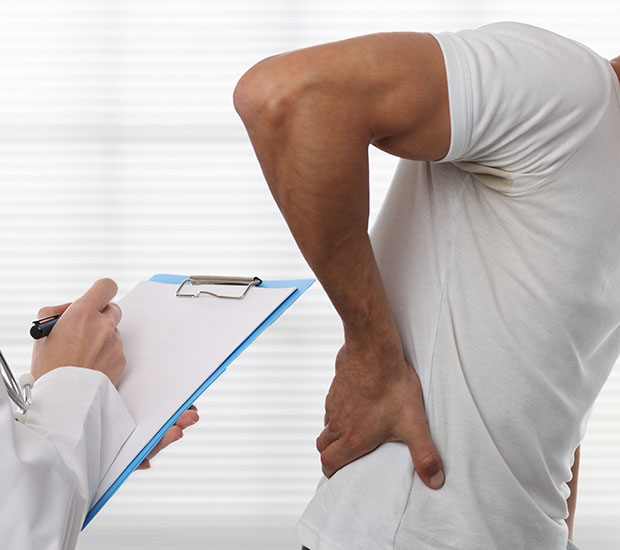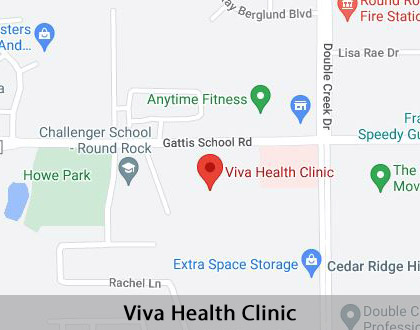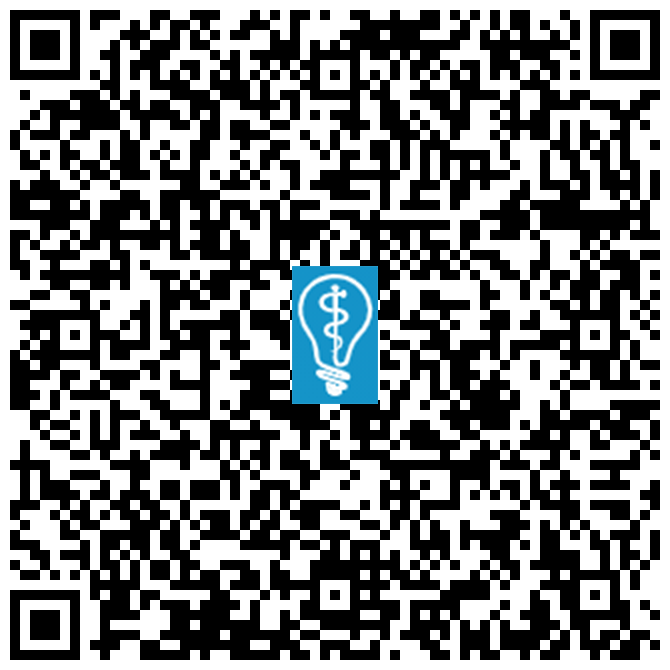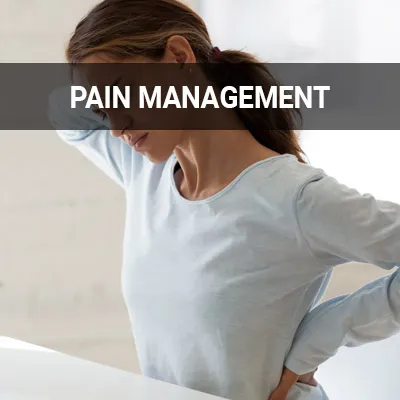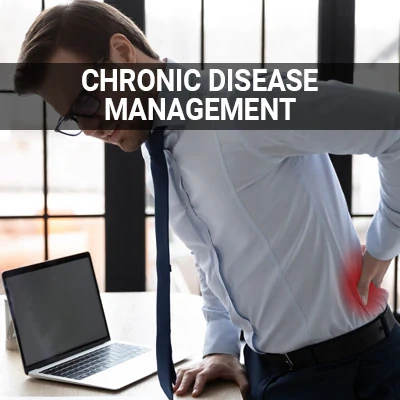Back Pain Treatment Round Rock, TX
Back pain is a common medical problem experienced by many people in the United States. Back pain often results from an accident, lifting something heavy, a medical condition or disorder, a fall, and changes that happen in the spine as a person ages. Nonetheless, minor and severe back pain should be treated immediately to prevent further complications and relieve existing symptoms.
If you are one of the millions of Americans affected by back pain, we are here to help. At Viva Health Clinic, our primary care team can help find the cause of strain and create an individual treatment plan to help alleviate your pain. To learn more about our services or schedule an appointment, call us at (512) 243-5872.
Types of Back Pain
Every year, 264 million days of work are lost due to back pain. According to the National Institute of Neurological Disorders , about 80% of adults will suffer from an aching back at least once during their lives. Back pain may feel like a sudden sharp pain or a constant dull ache. Some signs and symptoms of back pain include stabbing or shooting pain, muscle ache, and pain that radiates down the leg. Other symptoms include pain that improves with reclining and pain that worsens with lifting, bending, walking, or standing. The most frequent kinds of back pain are acute and chronic.
Acute Back Pain
Acute pain occurs abruptly and often lasts for a few days to a few weeks. It is categorized as "acute" if it lasts for four to six weeks before disappearing completely. Most acute back pain can be classified as mechanical. Pain caused by increasing stress to vertebrae or muscles may be considered a mechanical issue. According to a 2008 study, "Mechanical back pain accounts for 97% of cases." The pain may spread to other areas, including the thighs, buttocks, or knees. Many people who suffer from back pain also experience spasms. Mechanical back pain is more noticeable when lifting heavy objects or flexing the back.
Chronic Back Pain
Chronic back pain is pain that persists beyond 4 to 12 weeks. If pain lasts for this long, further medical evaluation is needed. This pain is usually related to the discs, spinal joints, or the supporting muscles of the back. Sometimes, although rarely, an infection or cancer is found.
Home treatment and self-care can help to improve back pain, usually within a couple of weeks. But if back pain does not improve during this period, a person should contact their primary care provider. A person should also contact their practitioner if the back pain is severe and does not improve with rest, causes numbness, weakness, or tingling in the legs, spreads down one or both legs, or is accompanied by weight loss. Contacting your primary care practitioner about back pain is also recommended for people with a history of cancer or excessive drug or alcohol use.
“Back pain often results from an accident, lifting something heavy, a medical condition or disorder, a fall, and changes that happen in the spine as a person ages.”
Three Common Causes of Back Pain
Strained Muscles or Ligaments
Most people will experience strained ligaments or muscles in their backs at some point. Sudden awkward movements or heavy lifting cause this injury. Some people strain or sprain a ligament due to trauma from an injury. Also, excess weight can put undue strain on the back and cause muscle or ligament problems. A study published in the Journal of Physical Therapy Science found that low back problems, which are often related to muscle injury, had a direct correlation to increases in body mass, even when accounting for multiple variables.
Symptoms include pain and stiffness that often worsen when stretching or bending. The pain can radiate to the legs or buttocks and is sometimes accompanied by spasms.
Herniated Discs
Spinal discs sit between the vertebrae and function as shock absorbers. Discs absorb force and allow people to maintain flexibility without pain. These discs must stay in position to protect the vertebra. When a disc moves out of place, the patient is diagnosed with a herniated disc.
Trauma or injuries to the spine can cause herniated discs. Repetitive movements, improper lifting techniques, obesity, and genetics also contribute to herniated discs. Regardless of the cause of the herniated disc, the condition can be painful. If the herniated disc is located in the upper back, the back will hurt. However, if the disc is located elsewhere, the pain might present in the shoulders, arms, or buttocks. Weakness and numbness are also symptoms.
Sciatica
The sciatic nerve runs from the lower back to the legs. Sciatica occurs when the nerve is compressed. The compression could be caused by a narrowing of the spine, a bone spur, or a herniated disc. The compressed nerve causes pain that starts at the lower back and moves through the buttocks to the back of the leg. Some people only experience mild aching and burning, while others suffer from excruciating pain.
“Self-care measures such as exercise, over-the-counter pain relievers, and lying on the pain-free side can help with symptoms.”
Diagnosing Back Pain
A primary care practitioner can carry out different assessments to accurately diagnose back pain. This is typically determined by examining the source of the pain, how much a patient can move before feeling any pain, and whether a patient has muscle spasms. These assessments can help to rule out some serious causes of back pain.
A diagnosis for back pain is typically gained by performing one or more of the following tests:
- X-ray: These images show the alignment of your bones and whether you have arthritis or broken bones. These images alone will not show problems with your spinal cord, muscles, nerves, or disks.
- MRI or CT scans: These scans generate images that can reveal herniated disks or problems with bones, muscles, tissue, tendons, nerves, ligaments and blood vessels.
- Blood tests: These can help determine whether you have an infection or other condition that might be causing your pain.
- Bone scan: In rare cases, a practitioner might use a bone scan to look for bone tumors or compression fractures caused by osteoporosis.
- Nerve studies: Electromyography (EMG) measures the electrical impulses produced by the nerves and the responses of your muscles. This test can confirm nerve compression caused by herniated discs or narrowing of the spinal canal (spinal stenosis).
By properly and accurately diagnosing the type of back pain and its cause, we can help treat a patient and reduce their symptoms or eliminate their condition completely. There are various forms of treatment available for back pain, depending on each patient's case.
“These assessments can help to rule out some serious causes of back pain.”
Check out what others are saying about our primary care practitioner services on Yelp: Back Pain Treatment in Round Rock, TX
Treatment for Back Pain
Self-care measures such as exercise, over-the-counter pain relievers, and lying on the pain-free side can help relieve symptoms. Acute back pain usually gets better after some weeks of home treatment. If the pain does not go away, the use of heat pads and over-the-counter pain relievers may be all that a person needs. If home treatments do not work after several weeks, your primary care practitioner may recommend taking specific medications or other therapies. We can run diagnostic tests to determine the cause of the condition and provide appropriate treatments.
Some people may choose to see their primary care practitioner or go directly to a hospital emergency room when suffering from a herniated disc. Wherever a patient chooses to be seen, the provider can run tests to diagnose the pain, provide a short-term treatment plan, and refer the patient to another provider who works primarily with patients with herniated discs. Medical treatments for back pain include medication, therapy, and various types of surgery.
“Self-care measures such as exercise, over-the-counter pain relievers, and lying on the pain-free side can help relieve symptoms.”
Questions Answered on This Page
Q. What are the types of back pain?
Q. How is back pain diagnosed and treated?
Q. What treatments are available for back pain?
People Also Ask
Q. What are the most common types of arthritis?
Frequently Asked Questions
Q. When should I seek a practitioner for back pain?
A. We recommend seeking medical care for back pain that is persistent or does not go away with stretching, exercise, or over-the-counter medication. It is essential to seek treatment for back pain that is associated with numbness, weakness, trouble urinating, or unexplained weight loss. Individuals who have suffered an injury or fall should seek medical care immediately.
Q. Is surgery always required for back pain?
A. In most cases, surgery is not required for back pain. Surgery becomes necessary for severe cases that do not improve with medication, therapy, or other non-surgical treatments. This is often when a patient experiences leg weakness, incontinence, or numbness together. It could be caused by cauda equina syndrome, a serious illness characterized by spinal cord nerve damage.
Q. What are the primary causes of back pain not associated with injury?
A. There are many causes of back pain, some of which are unexplained. Back pain commonly results from aging, smoking, excess weight, disease, improper exercise, weight lifting, psychological conditions, and other medical conditions. Through examinations and testing, we are generally able to determine the cause of a patient's back pain.
Q. Is medication necessary for back pain?
A. When back pain limits or prevents a patient from performing normal daily activities, we often prescribe medication to alleviate pain. However, medication is not always necessary. In many cases, physical therapy and other therapies can be done to reduce pain and other symptoms. In other cases, surgery may be required.
Q. What can I do at home to reduce back pain?
A. Proper posture is a crucial element in reducing back pain. In addition to improving your posture when sitting, you can try various home remedies and monitor those that work for you. These include, but are not limited to, changing your positioning, applying ice, using a heating pad, taking over-the-counter medication, using a back support, getting a massage, and exercising or doing yoga.
Start Feeling Better – Visit Us Today
By visiting us as soon as possible, our team can help get you the professional treatment you need. Instead of waiting around and allowing the symptoms to get worse, we can provide you with treatment options.
Definition of Medical Terminology
- Acute Pain
- Back pain directly related to soft tissue damage. Typically lasts three to six months or less. Resolves itself gradually as the injured tissues heal.
- Chiropractor
- A specialist who diagnoses and treats the body’s muscular, nervous, and skeletal systems. Also known as chiropractic practitioners or practitioners of chiropractic, chiropractors typically have a special focus on back and neck pain. They may use electric, heat, light, massage, ultrasound, and water therapy to treat back pain.
Start Feeling Better – Visit Us Today
When your back is hurting, engaging in normal activities can seem taxing. Even sleeping is hard. If you are experiencing back pain and even after home treatment and self-care, the pain has not gone away, call us at 512-243-5872. You can be tested and treated for back pain through a primary care practitioner. We can also refer patients to a specialist if needed.
Helpful Related Links
- American Assocation of Neuromuscular and Electrodiagnostic Medicine. American Assocation of Neuromuscular and Electrodiagnostic Medicine. 2023
- American Medical Association (AMA). American Medical Association (AMA). 2023
- Arthritis Foundation. Arthritis Foundation. 2023
- Journal of the American Medical Association. Journal of the American Medical Association. 2023
- Orthopaedic Surgery: Association of American Medical Colleges. Orthopaedic Surgery: Association of American Medical Colleges. 2023
- John Hopkins Medicine Orthopaedic Surgery. John Hopkins Medicine Orthopaedic Surgery. 2023
- National Council on Aging. National Council on Aging. 2023
- National Spine Health Association. National Spine Health Association. 2023
- Radiological Society of North America. Radiological Society of North America. 2023
About our business and website security
- Viva Health Clinic was established in 2023.
- We accept the following payment methods: American Express, Cash, Discover, MasterCard, and Visa
- We serve patients from the following counties: Williamson, Travis, McLennan
- We serve patients from the following cities: Pflugerville, Austin, Kyle, Waco, Leander, Cedar Park, Bastrop, Round Rock, Georgetown, Hutto, Liberty Hill, and Taylor
- National Provider Identifier Database (1104428416). View NPI Registry Information
- Norton Safe Web. View Details
- Trend Micro Site Safety Center. View Details
Back to top of Back Pain Treatment
